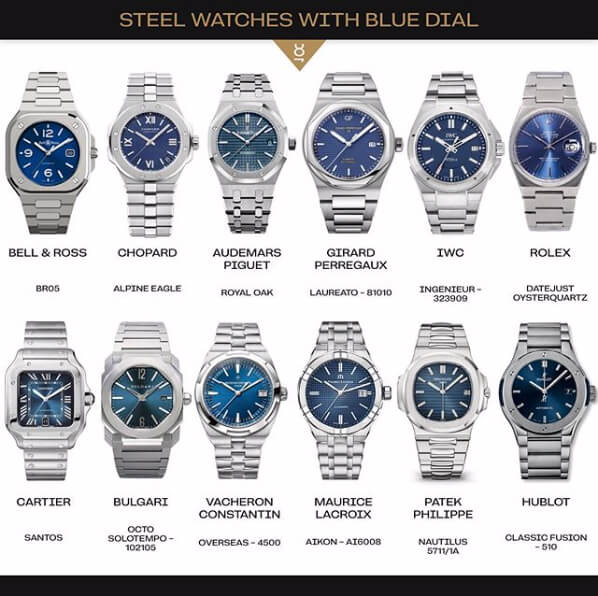Watch Design: Originality, Similarity, Or Imitation?

The Singer Track 1 and Fabergé Visionnaire central chronograph watches, each based on the AgenGraphe movement from Agenhor that puts the chronograph mechanism in the center of the watch and the hour and minute displays at the periphery Jeff Barnes' groundbreaking design for his and Vianney Halter's Antiqua, a watch that Max Büsser describes as the "Missing link" between traditional and contemporary horology and that laid the groundwork for his MB&F and others to experiment with new shapes, forms, and displays of time In the guilty pleasure department, I will confess that it was worth a chuckle or two reviewing the Tevise "Brand story": founded in the 1990s, but making watches since 1952, apparently employing George Daniels in the back room, and seeming to use the same ad agency that is generating vapid slogans like "Seize the moment to win the future" for other watch brands.
The WW.TC calls to mind every other watch based on the Louis Cottier world time system; and the 1966 collection calendar and moon phase watches fairly scream "Patek Reference 2448," but with the indications awkwardly crunched into the center of the dial Regardless, I'm calling shenanigans once again based on the GaryG Styling Statute of Limitations, which dictates that coming out with a watch this similar to the Royal Oak after this long a hiatus isn't originality All of which, of course, brings us to the controversy of the day: the perception among many watch buyers and enthusiasts that we've seen far too many similar steel sport watches, many with blue dials, introduced over the past few years.
While I'm unapologetic about my views of when a certain watch is too derivative of others' work and I channel my scarce purchasing dollars accordingly, I'll happily respect your views on novelty versus imitation. . Source